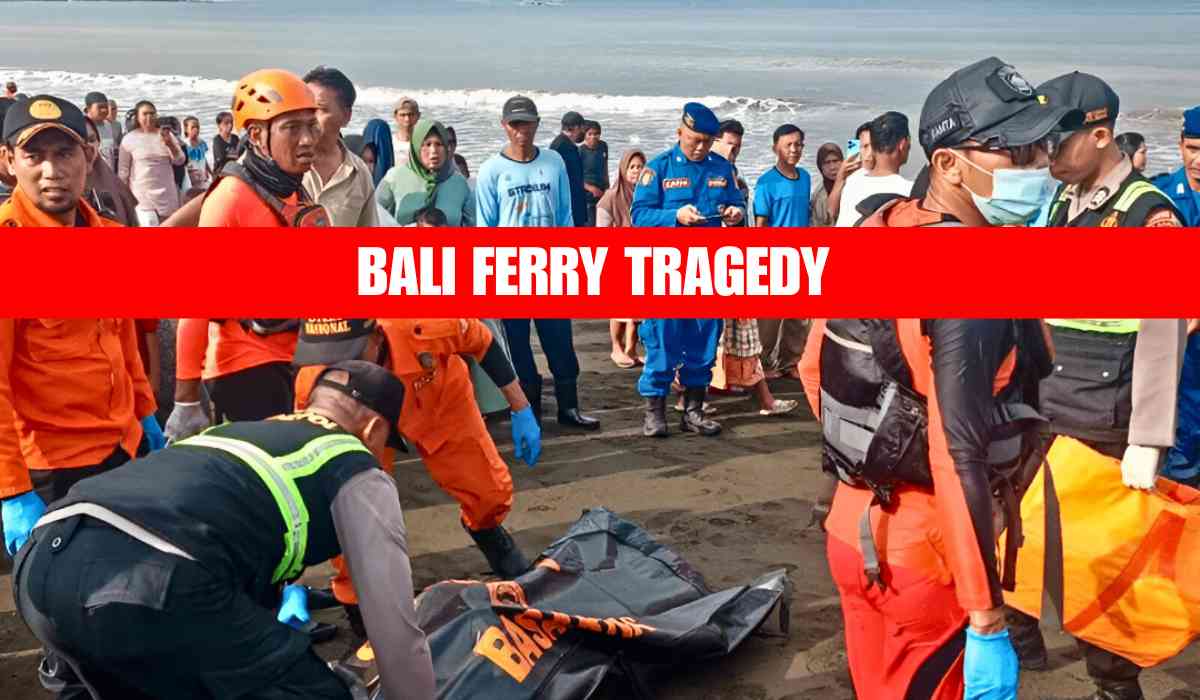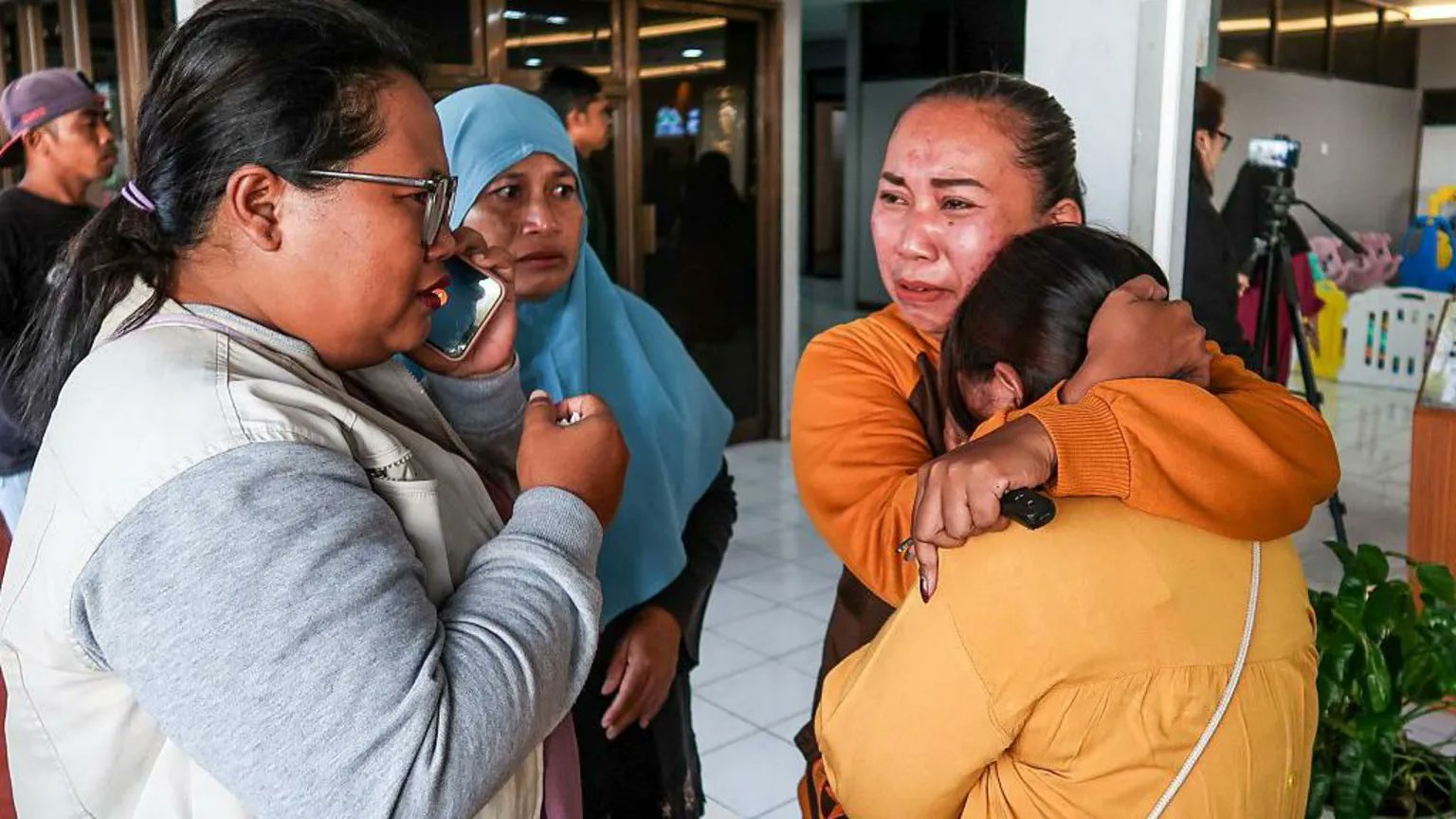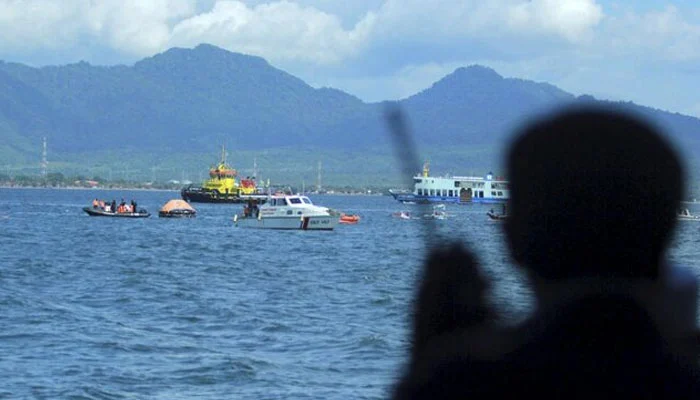A tragic maritime disaster struck off the coast of Bali late on Wednesday night, July 2, 2025, when the ferry KMP Tunu Pratama Jaya sank while en route from Ketapang Port in East Java to Gilimanuk Port on Bali. The incident unfolded just 25 minutes after the ferry departed Banyuwangi, carrying 65 people—53 passengers and 12 crew members—as well as 22 vehicles.

What We Know So Far
-
Bodies Confirmed: At least four people have been found dead.
-
Missing Individuals: Official reports indicate 30–38 people are still unaccounted for.
-
Survivors: Between 29–31 survivors were pulled from the water; several were initially unconscious after spending hours in turbulent sea conditions.
An Indonesian search and rescue operation led by BASARNAS—featuring nine boats, a helicopter, and divers—continues amid improving weather, though powerful currents and high waves (up to 2 m) remain a challenge.
The Human Cost
Survivors described a terrifying ordeal—many were found battling to stay afloat in choppy, dark waters. “Unconscious after spending hours drifting,” noted one official . Meanwhile, heartbroken families gathered at Ketapang Port, waiting for news of their loved ones as officials provided updates.
President Prabowo Subianto, who is currently in Saudi Arabia, ordered an immediate emergency response, citing “bad weather” as a primary cause Cabinet Secretary Teddy Indra Wijaya echoed this assessment. Strong wind and current remain significant factors hampering the rescue effort.
Why It Happened
-
Weather Conditions: Authorities attribute the sinking to rough seas and strong winds.
-
Safety Practices: Indonesia's ferry safety record has repeatedly come under scrutiny due to incidents of overcrowding, inadequate life-saving equipment, and lax enforcement.
-
Overloading Risks: The official manifest may not reflect the actual number aboard, suggesting possible overloading—a recurring problem in past disasters.
A Pattern of Calamity
Indonesia's geography—an archipelago of over 17,000 islands—makes ferry travel essential. However, similar tragedies have occurred before, often for the same reasons:
-
In March 2025, a small boat capsized near Bali, tragically killing an Australian tourist.
-
The 2018 sinking of MV Sinar Bangun on Lake Toba claimed over 160 lives, mainly due to overloading.
-
Safety investigations of previous incidents frequently highlighted poor weather conditions, overcapacity, design flaws, and regulatory lapses.
Local and National Repercussions
-
Tourists and Locals Affected: Bali is a major international tourism destination. This accident could shake travelers' confidence in ferry safety.
-
Government Response: President Subianto has directed a full-scale rescue, while the Ministry of Transportation is expected to review safety protocols. Potential reforms include stricter passenger limits, mandatory life jackets for all, and official weather advisories before departures.
-
Public Trust: For everyday Indonesians, ferry travel is often the only reliable link between islands. Confidence in maritime safety may erode unless swift corrective steps are taken.
Broader Perspective
While reporting the heart-wrenching facts, it is also crucial to ask: What does this mean for Indonesia’s future?
-
Emergency systems: The speed and scale of the rescue mission reflect growing competency—but also highlight ongoing operational limitations when facing severe weather.
-
Safety enforcement: The recurring nature of such disasters points to systemic regulatory weaknesses. This latest tragedy could prompt stronger oversight and investment in training.
-
Tourism resilience: Bali’s tourism industry has weathered past shocks—such as terrorist attacks, natural disasters, and the pandemic. Its ability to bounce back will likely depend on visible improvements in travel safety.
Outlook and Hope
This terrible event is not a moment to assign blame but to assess honestly and build better systems. Indonesia’s maritime authorities now face a critical moment: demonstrate transparency through a thorough investigation, strengthen regulations, improve emergency infrastructure, and regain public confidence.
Meanwhile, the ongoing rescue effort provides reason for hope. Each survivor rescued is a testament to the tireless dedication of first responders, despite adverse conditions.
With inputs from agencies
Image Source: Multiple agencies
© Copyright 2025. All Rights Reserved Powered by Vygr Media.




























